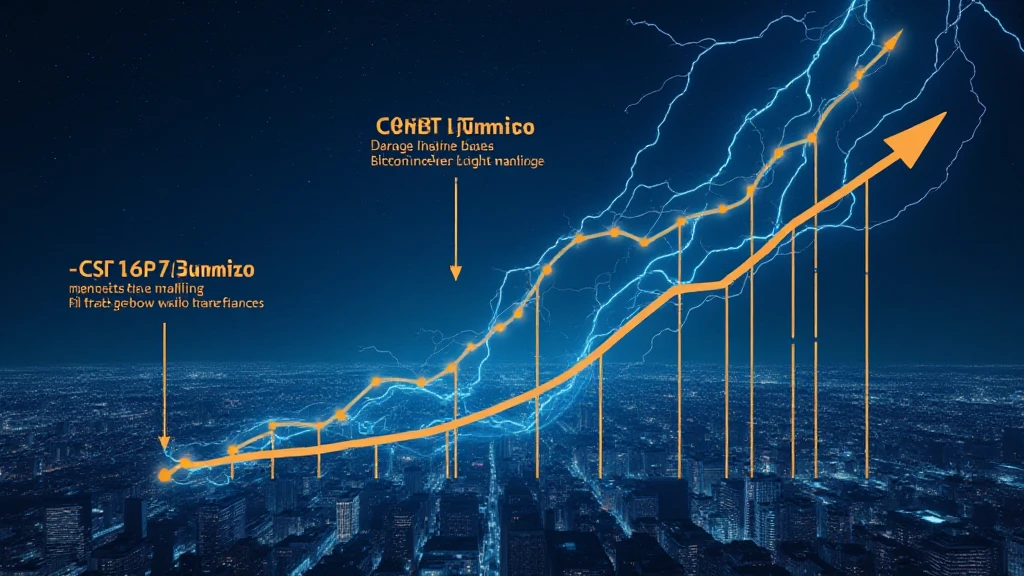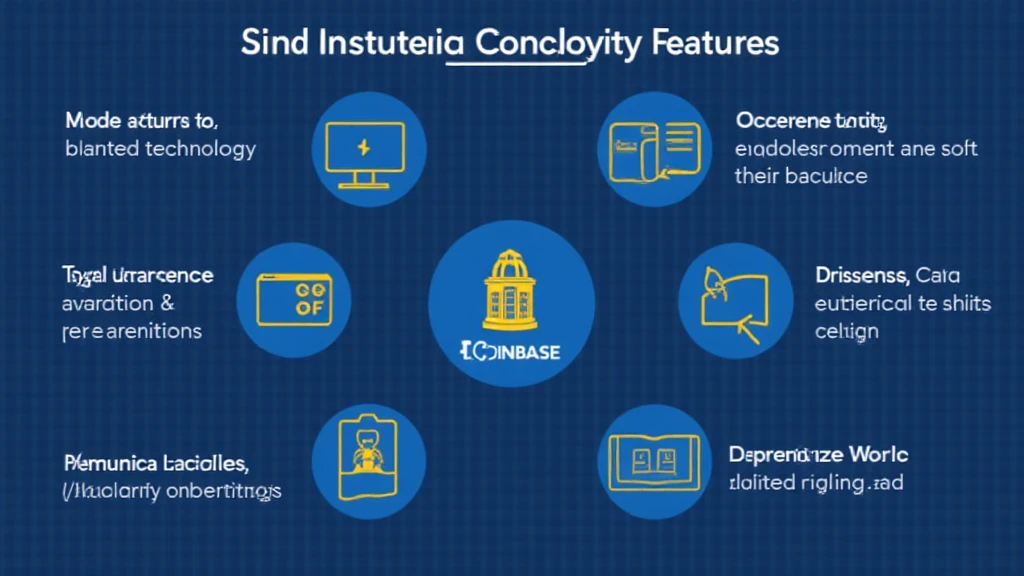Bitcoin Lightning Network Scalability: Solutions for the Future
With the growing demand for Bitcoin as a payment method, scalability issues continue to pose challenges. Recent studies show that Bitcoin transaction fees have surged to an all-time high, with some users paying as much as $20 per transaction in peak times. The Bitcoin Lightning Network aims to tackle these challenges head-on. In this article, we will explore the intricacies of the Bitcoin Lightning Network, its scalability, and its importance in the digital payment landscape, particularly in Vietnam where the crypto user growth rate has reached 500% in just two years.
Understanding the Bitcoin Lightning Network
At its core, the Bitcoin Lightning Network is a second-layer protocol designed to facilitate faster and cheaper transactions. Think of it like a highway system overlaying a city with congested streets. Transactions are executed off the main Bitcoin blockchain, allowing for instant peer-to-peer payments.
- Instant Transactions: Payments occur in seconds.
- Lower Fees: Transactions are completed with minimal fees.
- Scalability: Supports millions of transactions per second.
This network uses payment channels that can remain open for multiple transactions, significantly reducing the burden on the Bitcoin blockchain itself.

How the Lightning Network Works
The essence of the Lightning Network revolves around the concept of payment channels. Two parties can create a channel that allows them to transact without broadcasting every transaction to the Bitcoin blockchain. This not only decreases congestion but also enhances privacy as details about transactions are not publicly recorded.
Advantages of the Bitcoin Lightning Network
One of the key advantages of utilizing the Lightning Network is its capacity to significantly increase transaction throughput. The traditional Bitcoin network can handle approximately 5 to 7 transactions per second, but the Lightning Network can facilitate millions of transactions per second, making it more viable for everyday use.
Additionally, the scalability of the network means that it can support an increasing number of users without the traditional limitations. For instance, in Vietnam, the rapid rise in cryptocurrency usage calls for solutions that the Lightning Network promises to deliver.
Real-World Use Cases
The practical use of the Lightning Network can be seen in various sectors including retail and gaming. Merchants can accept Bitcoin payments without fearing high fees or extensive wait times. In Vietnam, where cashless payments are on the rise, integrating the Lightning Network can drive higher customer satisfaction and boost sales.
Challenges and Limitations
Despite its many advantages, the Bitcoin Lightning Network has faced several hurdles. Security is a primary concern as complex smart contracts may lead to vulnerabilities. Additionally, while the network allows for anonymous transactions, users must trust the payment channels and their operators.
- Channel Liquidity: A challenge in maintaining the necessary funds in the channels.
- Routing Complexity: Finding the best route for payments can be cumbersome.
- Limited Channel Capacity: Each channel has a limit that may restrict large transactions.
The Future of the Lightning Network
As cryptocurrencies become more mainstream, addressing the scalability of the Bitcoin Lightning Network is crucial. Solutions such as better routing algorithms and improved channel management are currently under exploration. Vietnam’s burgeoning crypto market may play a pivotal role in shaping effective scalability solutions as transaction needs continue to evolve.
Conclusion
In conclusion, the Bitcoin Lightning Network presents a promising solution to the scalability challenges faced by the Bitcoin network. As it enables cheaper and faster transactions, businesses and users alike stand to benefit significantly, especially in regions with rapid crypto adoption like Vietnam. Keeping an eye on developments in this area will be essential as we move towards an increasingly digital economy.
For further insights on navigating the complexities of blockchain technologies, explore more articles on Hibt.com and stay tuned for updates in the crypto landscape.
Author: Dr. James Parker, a crypto analyst with over 15 published papers on blockchain technology and an advisor on several prominent projects.





